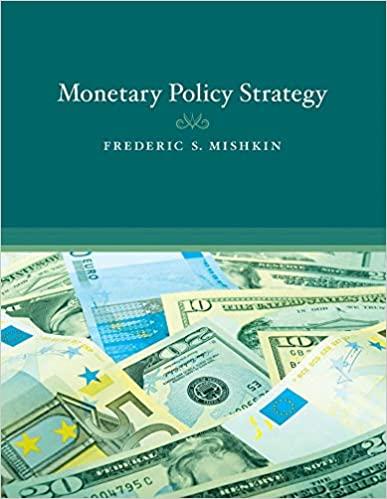Answered step by step
Verified Expert Solution
Question
1 Approved Answer
Term Answer Description Discounting A. A rate that represents the return on an investors best available alternative investment of equal risk. Time value of money
| Term | Answer | Description | |
|---|---|---|---|
| Discounting | A. | A rate that represents the return on an investors best available alternative investment of equal risk. | |
| Time value of money | B. | A cash flow stream that is generated by a share of preferred stock that is expected to pay dividends every quarter indefinitely. | |
| Amortized loan | C. | The concept that states that the timing of the receipt or payment of a cash flow will affect its value to the holder of the cash flow. | |
| Ordinary annuity | D. | An interest rate that reflects the return required by a lender and paid by a borrower, expressed as a percentage of the principal borrowed. | |
| Annual percentage rate | E. | A process that involves calculating the current value of a future cash flow or series of cash flows based on a certain interest rate. | |
| Annuity due | F. | A cash flow stream that is created by an investment or loan that requires its cash flows to take place on the last day of each quarter and requires that it last for 10 years. | |
| Perpetuity | G. | A series of equal cash flows that occur at the beginning of each of the equally spaced intervals (such as daily, monthly, quarterly, and so on). | |
| Future value | H. | One of the four major time value of money terms; the amount to which an individual cash flow or series of cash payments or receipts will grow over a period of time when earning interest at a given rate of interest. | |
| Amortization schedule | I. | A type of security that is frequently used in mortgages and requires that the loan payment contain both interest and loan principal. | |
| Opportunity cost of funds | J. | A schedule or table that reports the amount of principal and the amount of interest that make up each payment made to repay a loan by the end of its regular term. |
Time value of money calculations can be solved using a mathematical equation, a financial calculator, or a spreadsheet. Which of the following equations can be used to solve for the present value of a lump sum?
PMT/r
FV/(1 + r)nn
PV x (1 + r)nn
PMT x {1 [1/(1 + r)nn]}/r
Step by Step Solution
There are 3 Steps involved in it
Step: 1

Get Instant Access to Expert-Tailored Solutions
See step-by-step solutions with expert insights and AI powered tools for academic success
Step: 2

Step: 3

Ace Your Homework with AI
Get the answers you need in no time with our AI-driven, step-by-step assistance
Get Started


